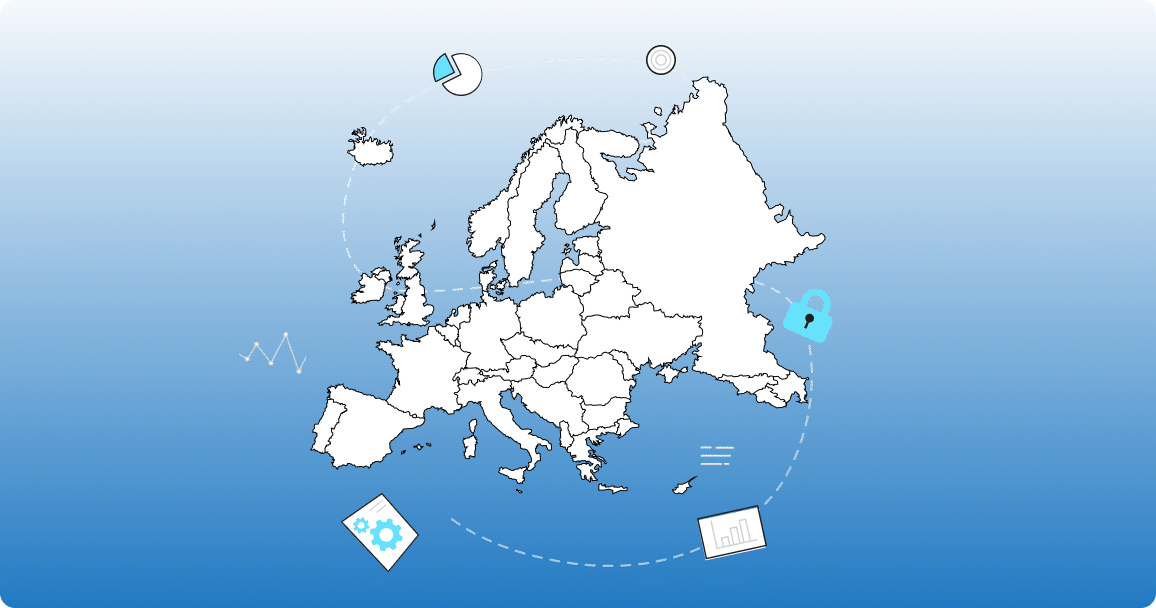Google's EU user consent policy
The EU user consent policy has been around since 2015. The policy is significant for the digital advertising ecosystem, as it sets out requirements for advertisers using Google products like Ads and Analytics. Here, we explore who the policy applies to, what its requirements are, and how to comply with it.

